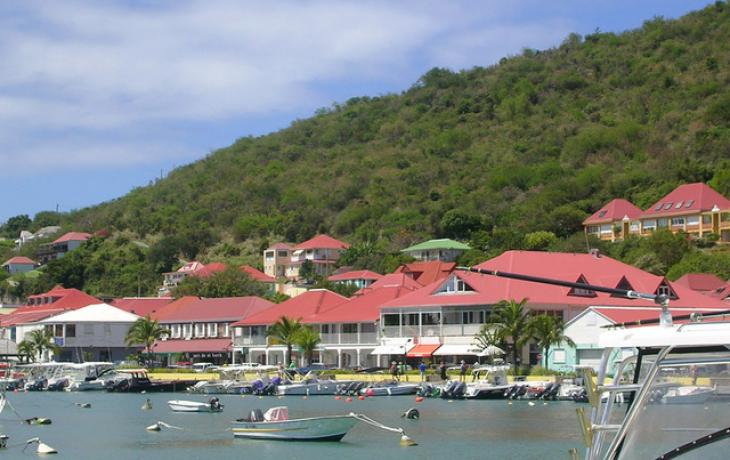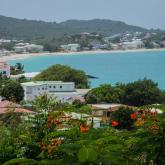
Our love of the Caribbean islands and culture is echoed in the homes that we buy there, from our choice of architectural features to eco new-builds that blend in with Mother Nature.
As a region, the Caribbean has many distinct differences and many similarities: and none more so than in the truly unique architecture. As a melting pot of various cultures and ethnicities, each island has been shaped a different way with lots of influences coming into play, from geography to superstitious beliefs. Materials used for constructing homes, villages, towns and cities is deeply rooted in historic styles and, today, there is an increasing tilt towards a blend of modern architecture alongside the historic feel of new Caribbean homes. The Dutch, British, Spanish and French colonial powers each brought a strong European architectural style with them. Native cultures, and the influences of African cultures, and Creole style, have blended to produce a unique Caribbean architecture that is unlike any other style in appearance – a mix of the long, narrow medieval buildings and Jacobean, Georgian, and Victorian design features of English house design and the ornate, grand décor of French and Spanish builds.
Today it is possible to find some fine examples of the old, original plantation homes from the 16th and 17th centuries still standing in several Caribbean islands. Though handsome architecture wasn’t just a feature of the aristocrats. Even the lower class population added their own features to the architecture of the Caribbean, such as simple design touches that helped them cope with the region’s climate and weather conditions. In more elaborate homes, heavy rainfalls contributed to the choice of gable roofs and open verandas were built to maximise the cooling potential of Caribbean breezes. Early housing, built with clay, conch shell mortar, and timber gave way to more sturdy, lasting constructions in the 20th and 21st century. Concrete was introduced on construction across the region, speeding up build times and adding greater resistance to the forces of nature to create long-lasting homes.
Modernism in architecture has also reflected region-wide changes in the Caribbean economy, now that tourism has replaced the sugar trade as major source of income. Luxury villas and accommodations that entice visitors to the isles now have state-of-the-art amenities. Many of these homes bring the architectural styles and materials of the United States of America to the Caribbean as the region seeks retain the millions of tourists that flock to its shores each year. As a result, homebuyers today will find plenty of different styles of housing to whet their appetite when viewing properties in the Caribbean region: from lovingly restored and maintained plantation homes and fine old mansion houses to prestigious condo units and single-storey villas on communal developments – all are in demand.
Even the new-built homes may give a nod to the Georgian, Art Deco, Dutch Colonial, and other exotic styles of past architectural designs.
A new contender in recent years has been the purpose-built Caribbean eco home. These sustainable green buildings are in high demand in the region as an increasing number seek to live in perfect harmony with the natural world. The benefits of pursuing such a project is knowing that you aren’t damaging the landscape you love through poor construction choices. You can also hand-pick your location, in an undisturbed area in which you can live without intruding on the natural ecology, and set about designed a home that respects environmental balance. Numerous architects in the Caribbean now specialise in eco-building to ensure that every part of the build, from energy sources, utilities, water conservation and building materials to toilets, waste disposal and refuge is in tune with Mother Nature.
[BOX OUT]
10 Architectural Tips to Consider in the Caribbean
- For a home that isrooted in the local style, use a local architect
- Research styles of homes that you like (take cuttings, clippings & photos)
- Be sure that it is built to withstand hurricanes
- It needs to stay cool in summer
- It needs to retain warmth in winter
- Work on a design that maximises all possible light, air and water views
- Ask to visit some homes your architect has already designed
- Seek advice from like-minded local home-owners
Consider compost toilets, recycled water, rainwater harvesting and solar energy




